
A Comprehensive Guide To Facial Waxing
Facial hair is one of the most aggravating hairs because it is so much more visible than any other hair on your body. However, it is also in one of the most sensitive areas of your body, and you have to be extremely careful about hair removal on your face.
While shaving your face is a viable option, it does not necessarily make for permanent hair removal. Waxing your face is a much better option if you want to remove hair more permanently from your face. However, it can be intimidating and even dangerous.
That’s why we are bringing you everything you need to know about facial waxing.
Pain

Shutterstock
Your face is one of the most sensitive areas on your body and can therefore be much more susceptible to pain than any other area might be. For this reason, it can be much more painful to wax your facial hair than any other area on your body.
The act of facial waxing is sometimes necessary but can be extremely painful, so it is a good idea to take a painkiller about fifteen to twenty minutes before you get waxed so that you don’t feel as much pain.
Irritation
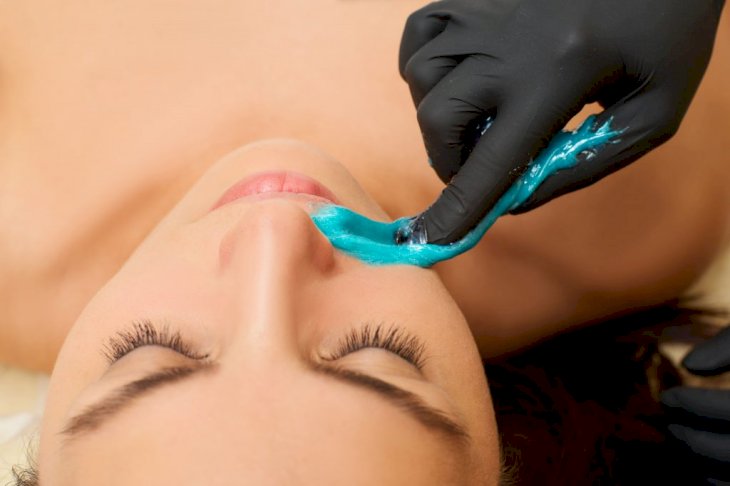
Shutterstock
Because your facial skin is so much more sensitive than the skin on any other area of your body, it is much more susceptible to irritation from the products used on it. So you should be careful of this when you get your facial hair waxed.
Make sure to get waxed two to three days before a big event to know whether or not your skin is irritated by the products, and you can treat it before you have to go out and see people.
DIY

Shutterstock
Waxing yourself can be easier and more cost-effective than going to a salon to wax, and it is probably quite safe to do this for many areas of the body; however, the face probably isn’t one of those areas.
It is safer to get your facial hair waxed by a professional because of the sensitivity of your face, but if you have to DIY your facial waxing, ensure that you are extremely careful with the process and have time to treat any side effects that might crop up.
Longevity
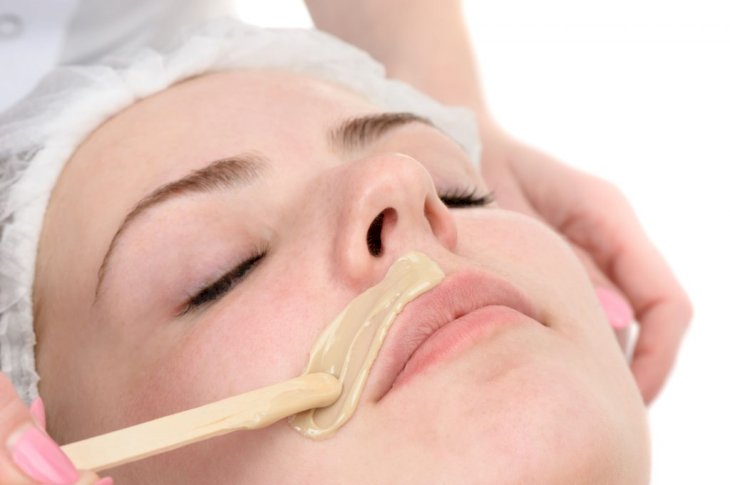
Shutterstock
As with any waxing, your facial wax longevity will depend on the thickness of your hair, the time it takes your hair to grow, and other factors such as the temperatures and the clothing you wear.
However, most facial waxes need to be redone every four weeks. Some people can go eight weeks without having to wax their facial hair again. It is all dependent on your skin and hair growth rate.
Side Effects
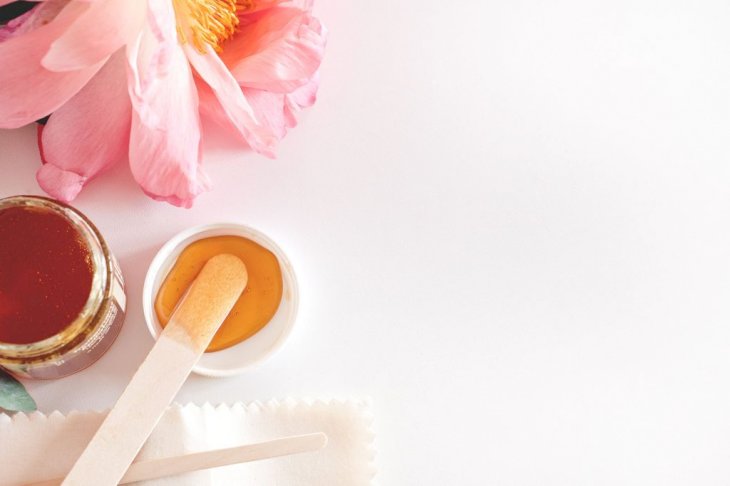
Shutterstock
As with any type of waxing, there can be side effects after your wax has been completed, and it is important to watch out for these. For example, having hair ripped out of your skin is naturally going to cause some redness, but if it stays for longer than a couple of hours or begins to get painful, you might be having negative side effects.
These side effects can range from a rash to sores on the skin and can result from the technique used or the ingredients in the wax itself. You can either try a different wax and technique next time or choose not to wax your face.
Sensitivity
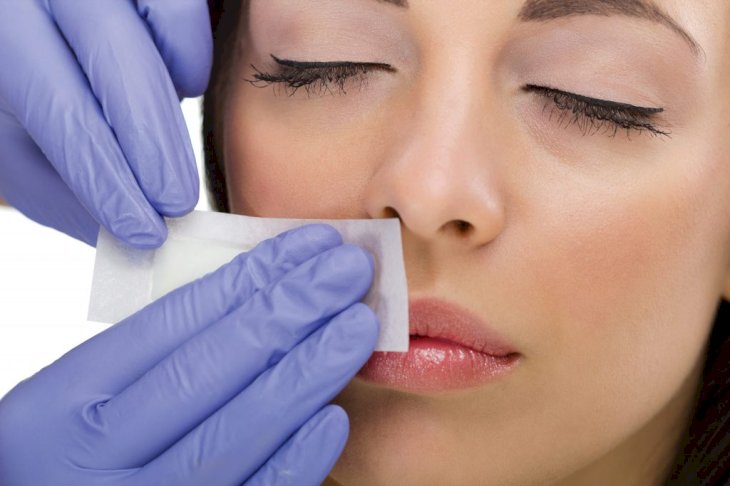
Shutterstock
You might be sensitive to the wax because your facial skin is sensitive, or you might be sensitive to the wax purely because your skin is not used to having wax applied to it. Try waxing at least twice before you decide.
If your skin is still sensitive to the wax after the second time, it might be time to look into alternative hair removal methods because the wax might not agree with your skin for some reason.
Ingrowns
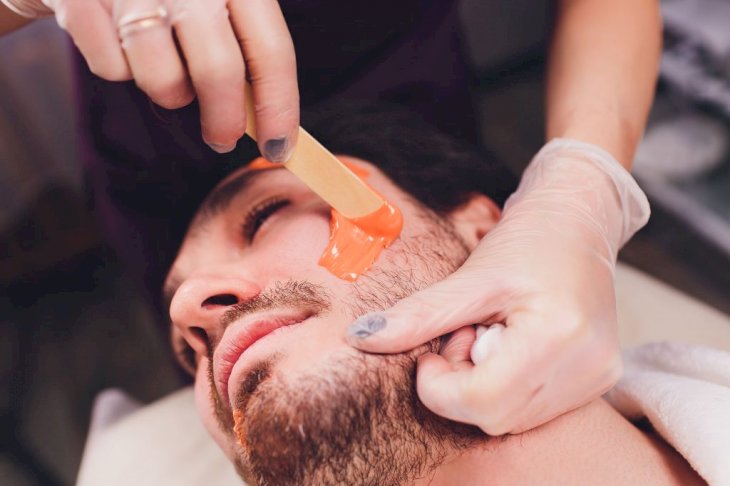
Shutterstock
As with any waxing, ingrown hairs can come up at any time. Hair removal, in general, leads to ingrown hairs, and you will see them with any hair removal method on any area of your body where you have done hair removal.
However, because facial hair tends to be slightly softer and thinner than the hair on other areas of our bodies, the ingrown situation might not be as dire as it is on other parts of your body.